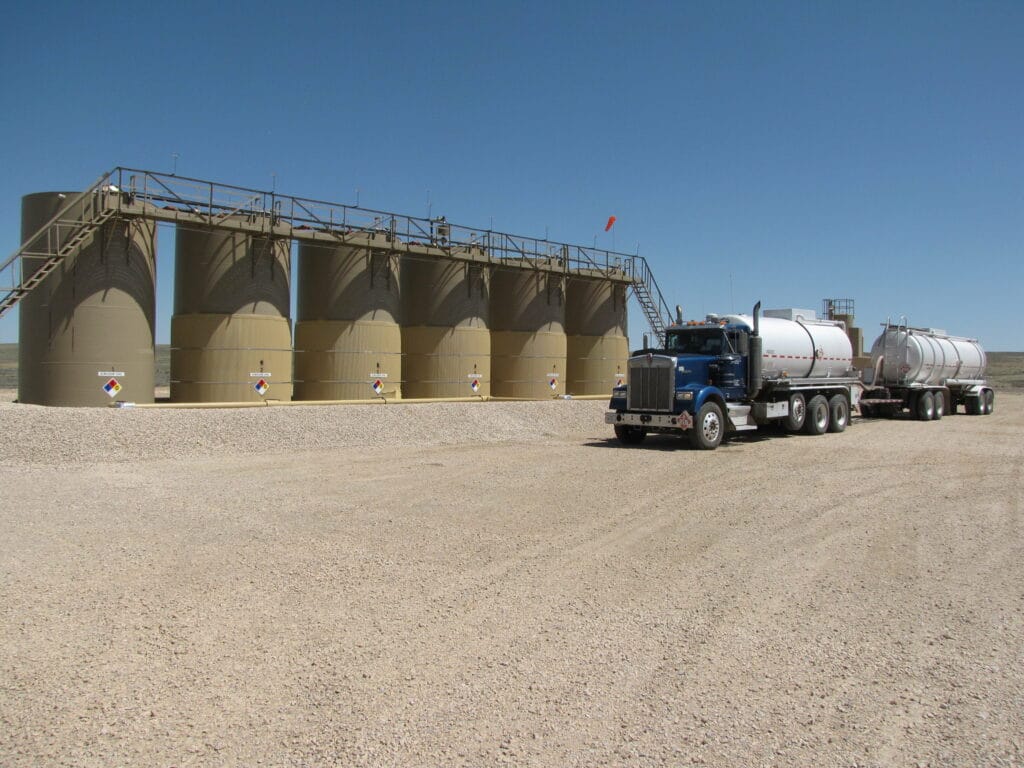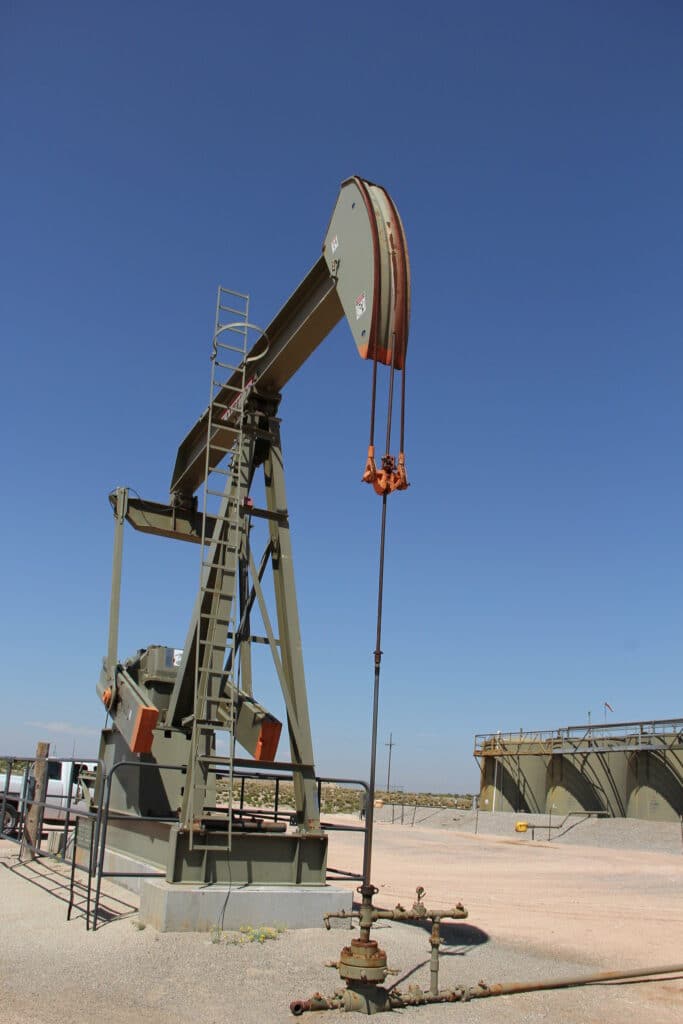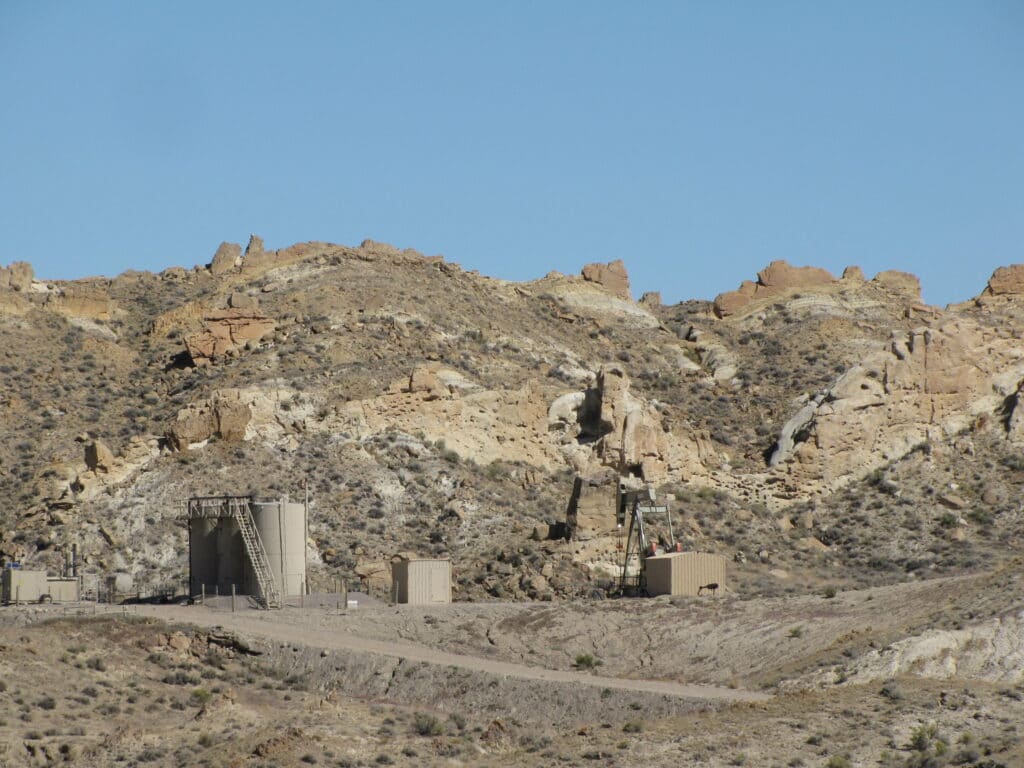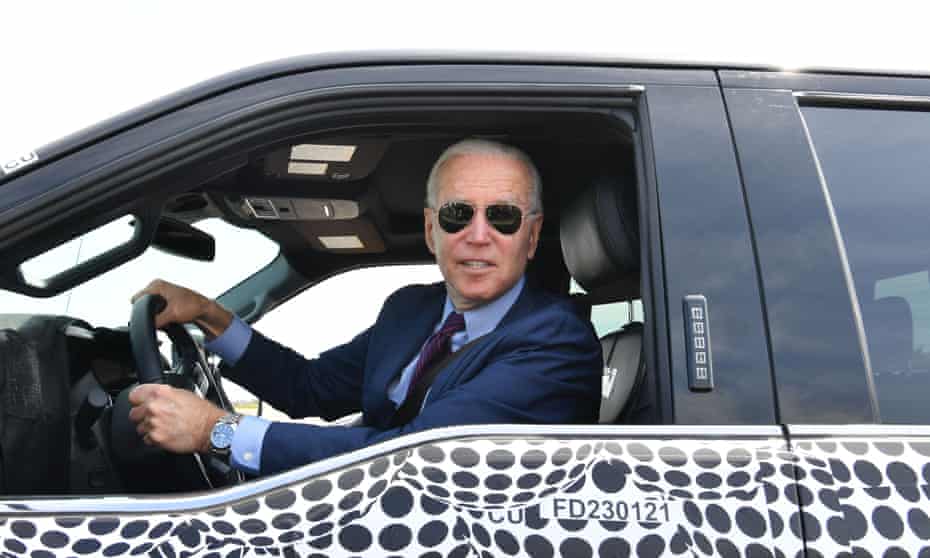DeSmog
New Mexico Stuck With $8 billion in Cleanup for Oil Wells, Highlighting Dangers From Fossil Fuel Dependence

New Mexico is facing more than $8 billion in cleanup costs for oil and gas wells, an enormous liability that taxpayers could be left to pick up if drillers go out of business or walk away from their obligations.
Cleaning up old wells at the end of their operating lives can be expensive, and typically states require drillers to cover part of the cleanup cost at the outset, known as financial assurance requirements. The money is tapped later on when the well or pipeline must be dismantled and cleaned up.
But a study commissioned by the New Mexico State Land Office published on April 30 found that “financial assurance requirements do not exist for much of the oil and gas infrastructure explored in this study, and in some cases where such requirements are imposed, operators may have multiple ways of minimizing or avoiding those requirements.” The study was conducted by the Center for Applied Research, an independent analytical firm.
Inadequate bonding requirements means there is a serious gap in available funding to properly clean up after the fossil fuel industry. According to the report, it could cost as much as $8.38 billion to clean up the state’s tens of thousands of wells and associated pipeline infrastructure. Alarmingly, however, New Mexico only has $201 million tucked away for cleanup, leaving a hole of $8.1 billion.
“That’s $8.1 billion that we don’t have,” New Mexico Commissioner of Public Lands Stephanie Garcia Richard said in a statement. “Enormous sums of taxpayer money and money meant for public schools, along with the long-term health of our lands, are on the line.”
The industry likes to boast that oil and gas revenues contribute roughly a third of the state’s general fund — a fact that the New Mexico Oil & Gas Association (NMOGA) triumphantly advertised in a recent report and regularly highlights on social media.
Indeed, drilling accounts for a large source of state revenues. In April 2021, for example, the state took in $109 million in royalties, a record high. Those funds will be funneled into public services, including schools and hospitals.
As the report exposed, however, the massive liability put onto the public in cleanup costs somewhat undercuts the notion that the oil and gas industry is a financial godsend.
The industry has helped fill state coffers in recent years, with oil production booming to roughly 1 million barrels per day, more than double production levels from five years ago. According to the report, last year the oil and gas industry produced nearly 370 million barrels of oil and 2 trillion cubic feet of natural gas from roughly 60,000 wells, which was transported on 35,000 miles of pipelines.
But as the State Land Office study highlights, the industry is leaving behind enormous costs for the state and the general public to deal with at a later date, a liability that is mostly obscured from public discussion.
The average cost to plug an old well and reclaim the surface is over $182,000 per well, but the state only has the finances to cover a little over $3,200 per well. The funding gap is even more staggering for pipelines. Decommissioning and reclamation costs are roughly $211,000 per mile of pipeline, but available financial assurance only totals about $51 per mile.

The risk to the public from inadequate bonding requirements is compounded by the fact that oil and gas drillers can go out of business long before wells are cleaned up, which can be years or even decades later. The U.S. shale industry has burned through hundreds of billions of dollars in cash, and there have been more than 250 bankruptcies of North American oil and gas companies since 2015. And as the clean energy transition accelerates, the financial challenges to the industry are likely to only grow more severe.
The state has long suffered from the roller coaster cycles of extractive industry, according to James Jimenez, executive director of New Mexico Voices for Children, a health, education, and economic advocacy organization. “We’ve made policy choices in boom times that have really exacerbated our over-dependence on oil and natural gas revenues,” Jimenez told DeSmog.
“Because of the really volatile nature of the oil and gas industries, we haven’t had sustainability in the programs,” he said. A dependence on a boom-and-bust industry has forced the state to make cuts to school systems during downturns in the past.
“We need to reduce this over reliance we have on oil and natural gas to fund really basic important programs like our K-12 education and higher education systems,” Jimenez said. He added that the state should diversify its revenue base, such as through progressive taxation on the wealthy and supporting non-extractive business sectors.
Even as money flows to the state from drilling today, the unfunded liabilities of cleanup that are dumped onto the public also highlight the downside to such high levels of drilling. “The $8 billion that it would take to do the cleanup would have to come from somewhere,” Jimenez said. Dollars spent on cleaning up the waste from the oil and gas industry, are dollars not spent on other important needs, such as rural broadband or road infrastructure, he added.
“The answers are simple and urgent — raise royalty rates and taxes on the industry, stash away the revenues in our Permanent Fund to stabilize cash flows, and spend current budget dollars on investments to diversify our economy,” Thomas Singer, senior policy advisor at the Western Environmental Law Center, told DeSmog via email.
NMOGA did not respond to a request for comment.

On top of the financial risks from abandoned wells, the fossil fuel industry brings numerous environmental and public health hazards as well. Oil and gas operations have contributed to a deterioration in air quality in the state. And in northwestern New Mexico, there have been more than 300 accidents since 2019, including oil spills, fires, blowouts, and gas releases, and much of it has occurred on Navajo land, as reported by Capital & Main.
A recently published peer-reviewed study found that shut-in conventional oil wells in the Permian basin could be leaking a substantial amount of methane, a powerful greenhouse gas that exacerbates climate change.
“New Mexicans must recognize that while industrialization of our landscape to produce oil and gas brings revenue today, if not properly cleaned up, it also jeopardizes our economy of the future,” Singer said. Allowing drillers “to defer this obligation indefinitely puts the state and taxpayers at great risk that they will have pick up the tab or leave these areas as polluted sacrifice zones.”



















































